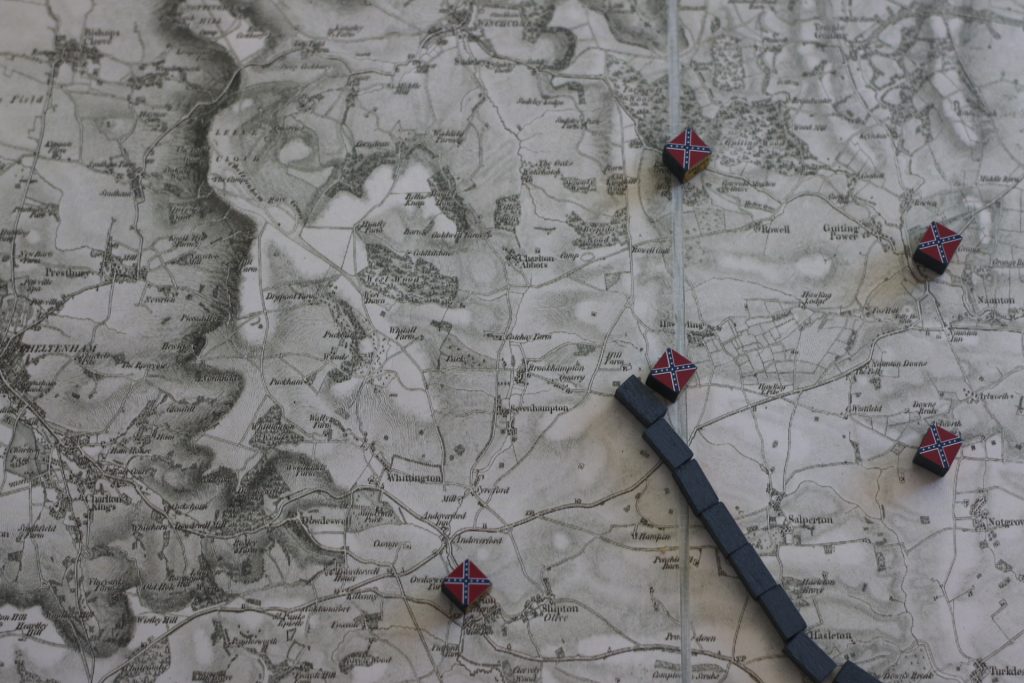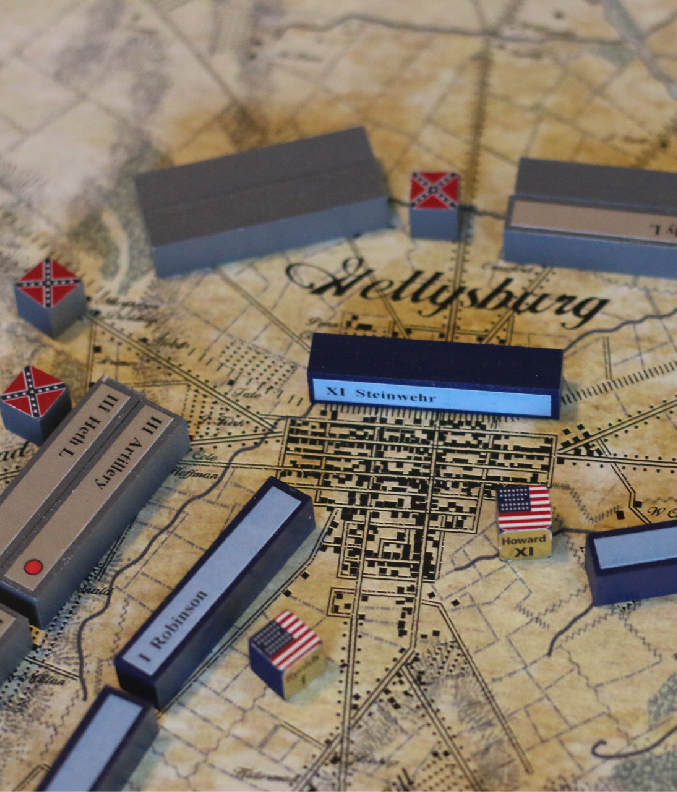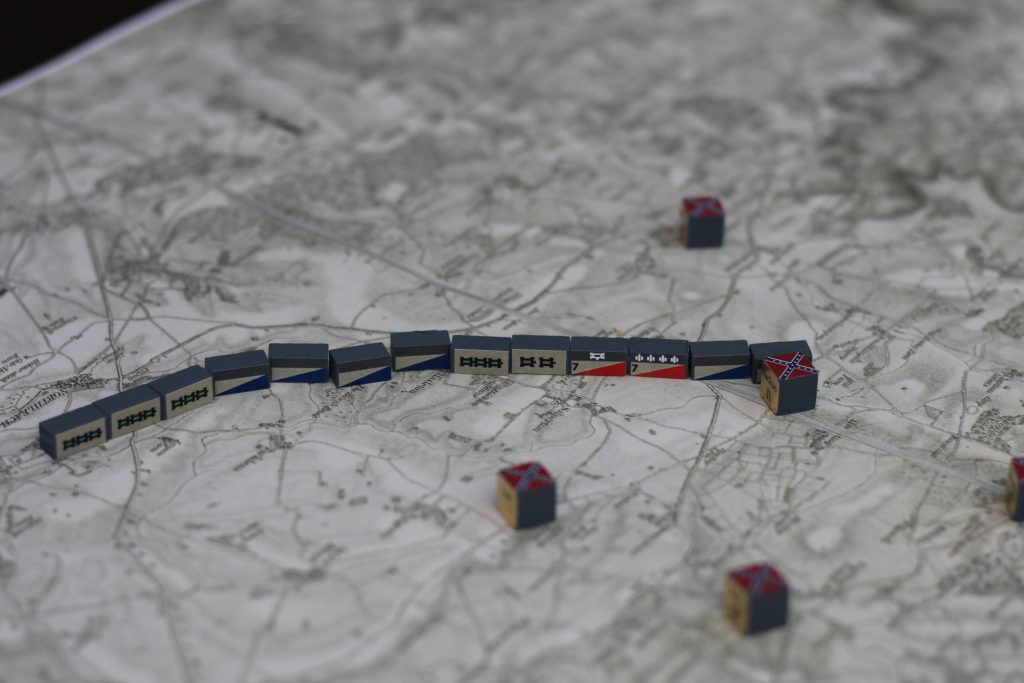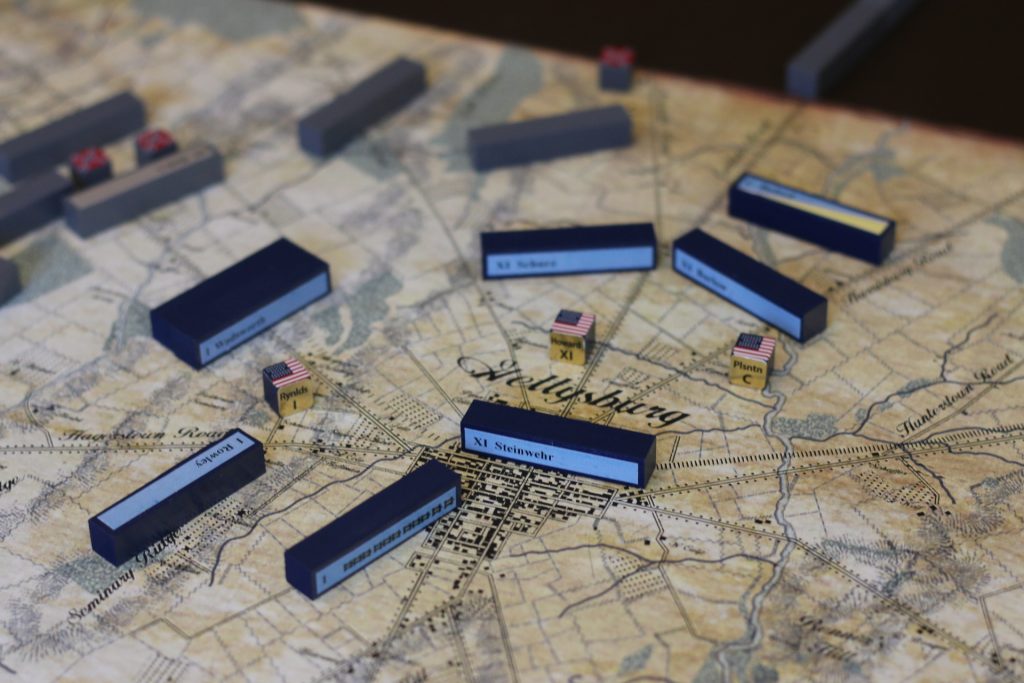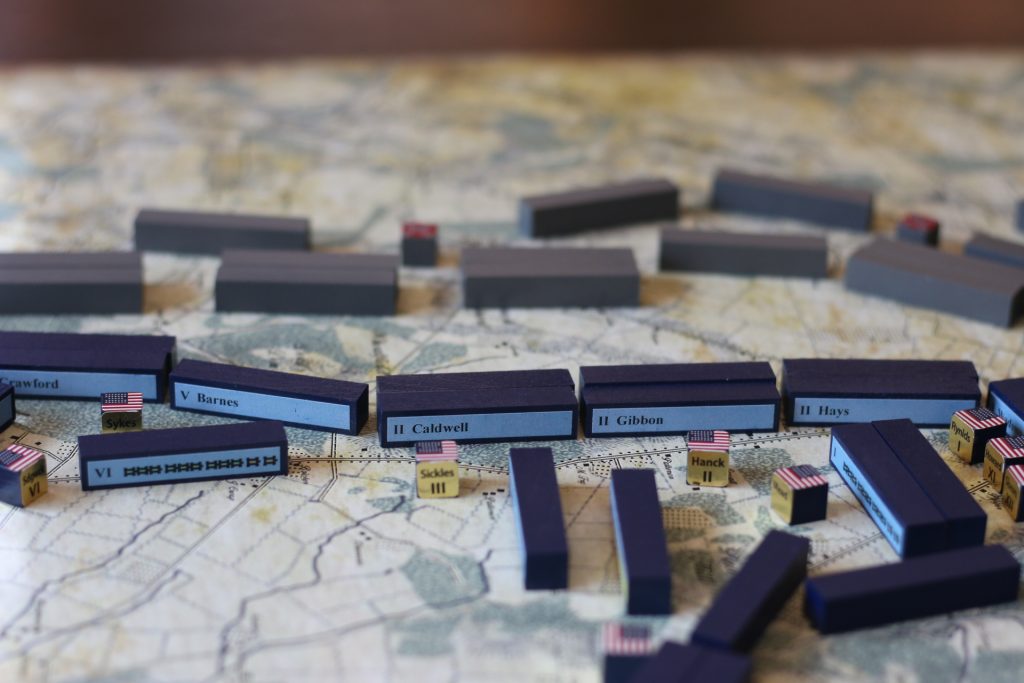Anita Louie brings up many good points in this article.
I agree with her in many ways. During design, we always start with a key question: What is the ‘game’? How do you win? What is the point?
All too often in board games, I feel like the point of the game is a bunch of boring work. Collect and track a bunch of resources. They make me feel like a worker drone on an assembly line. Why are we doing this? To me, that is not fun. It’s doing a bunch of busy work.

What is the point of most video games? To practice and memorize the proper sequence of buttons to be pushed quickly? Find the right weapons on the level in the right sequence so that you can beat the level? Do it a 100 times until you can get fast enough at it to succeed? Is your goal is to develop rapid hand eye coordination and memorize a bunch of moves? There is a time and place for this but then what? Not my idea of fun.

To me, games like Monopoly, Life, Clue, Battleship, etc. are really for kids. The point is to teach basic skills like counting, taking turns, following rules, making change for money, etc. They are really just slightly more advanced versions of Candy Land and Chutes & Ladders. There is an educational purpose to this but for adults? Not fun.

Where do most wargames fit in here? I hate to say it but I have to agree with her. Most wargames fall into the same category. What is the game? They amount to attritional exercises of accounting, record keeping and tracking resources. Busy work. How much fun interaction is there with another live human? A contest of intelligence and wits?
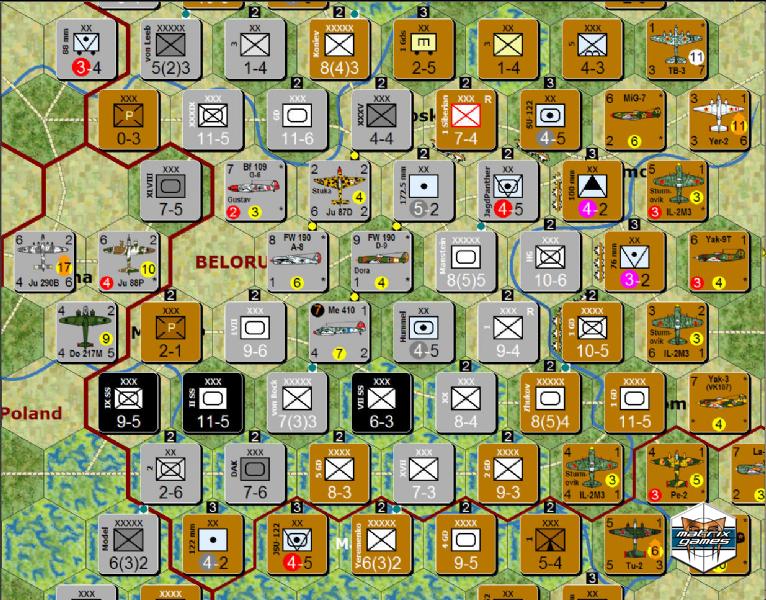
One goal she doesn’t mention is education. Why do we play games? I feel that a big goal in wargaming is learning. Maybe the game isn’t fun. Maybe it’s not an engaging battle of intelligence with a live opponent. Still, I like playing them because I want to learn about this war, campaign or battle. I want to understand better how and why it was fought. How and why it was won or lost. I see many wargames more as interactive models of historical conflicts than an actual ‘game’.

Does Anita have a driving need to learn and understand military conflict and history? No. For her it is all about fun and meaningful interaction with friends; with live people. If I wasn’t a military history nut, I’d feel exactly the same way.
I wonder what Anita would think of Kriegsspiel? I have to imagine that she would love it! To me, Kriegsspiel is exactly what she is talking about. What is the ‘game’? It is people. How do we interact with them? Working together. Teamwork. Communication.

These are the things I love about Kriegsspiel. Anita would love them too, IF you could ever convince her to try it.
